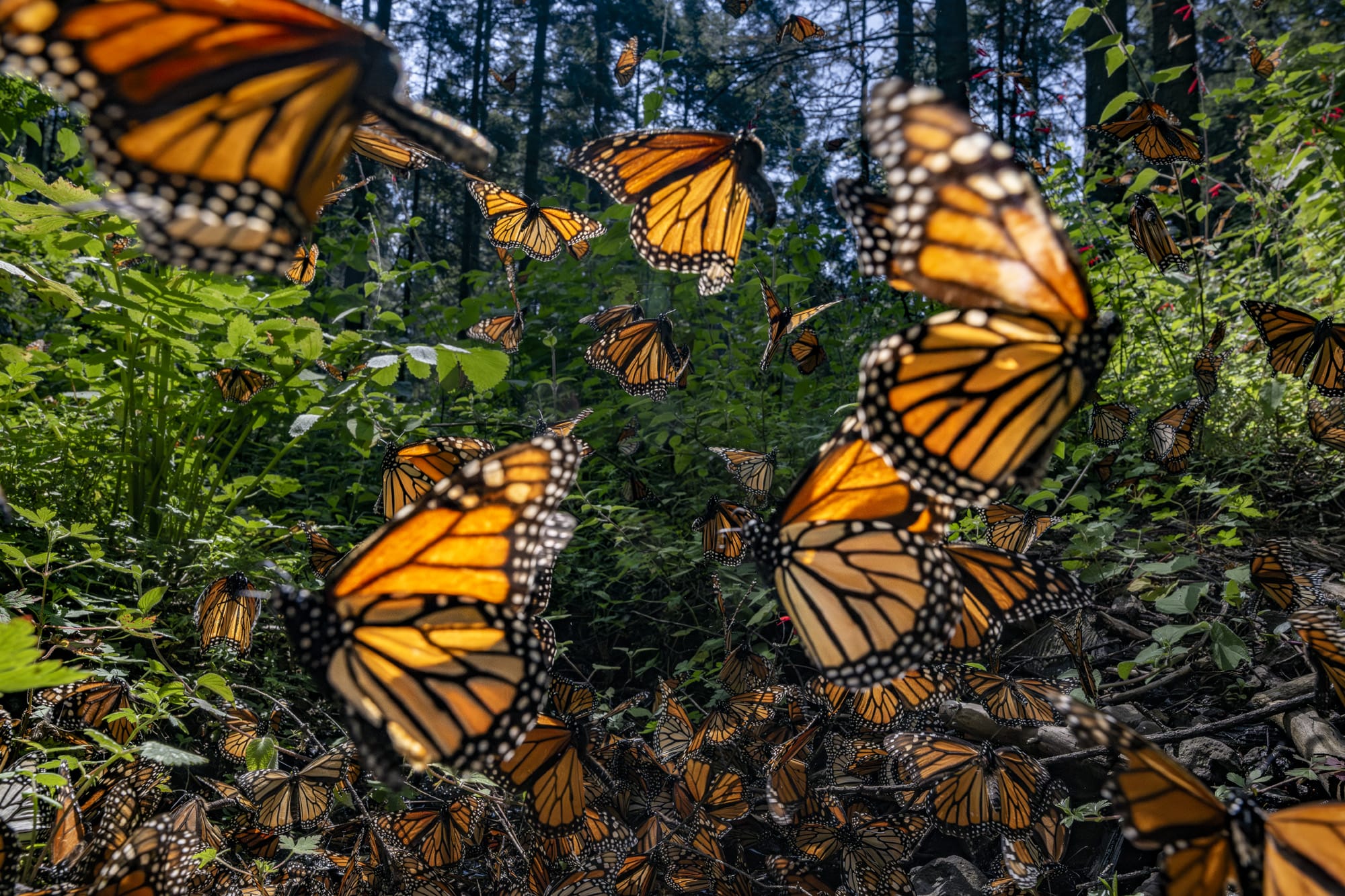This post was originally published on Colossal
Home to more than 40,000 plant species, 1,300 kinds of birds, and millions of insects, the Amazon is a vital and increasingly threatened part of our global ecosystem. By highlighting the incredible diversity and beauty of nature and wildlife around the planet, Vital Impacts (previously) raises funds for the preservation of the rainforest through its annual print sale.
This year, in addition to the fundraiser featuring work by more than 80 photographers, the program has launched the “Saving the Monarchs” campaign, showcasing the work of award-winning National Geographic photographer Jaime Rojo. “With the Monarch butterfly population declining by 90 percent in recent decades, efforts are underway to protect their habitats and ensure their survival,” says a statement from Vital Impacts.

Rojo has spent two decades photographing the magnificent insects, tracing their annual migration across the length and breadth of North America. Wintering in Mexico—or California for those west of the Rocky Mountains—the iconic butterflies return north in the summertime, where they typically lay a single egg on a milkweed plant.
Depending on the temperature, the egg cycle lasts for three to five days, after which a small larva emerges. As it grows, it sheds its skin a number of times, developing recognizable black, white, and yellow stripes. Then, once full grown, the larva spins a silk mat, stabs a stem into the mat to hang from, and encapsulates itself inside a pupa. After around eight to fifteen days, the adult Monarch emerges with bright orange and black wings.
During the summer, Monarchs live between two and five weeks, but if they hatch later in the year, they complete an incredible journey south, where they overwinter in clusters on trees in warmer climates. These adults will then live just long enough to hatch new eggs so future generations can return to the northernmost breeding grounds.
Monarch populations have declined in recent decades due to myriad factors, from the destruction of milkweed—the only plant on which they lay eggs—and overwintering habitats to temperature changes and drought due to the ongoing climate crisis. Initiatives like Monarch Watch, which this fundraiser benefits, emphasize conservation, track colonies’ movements, and promote education.

Many prints in this year’s sale start at $100, with options for different sizes and striking limited editions. Sixty percent of profits are earmarked to support Monarch conservation through Monarch Watch and FOCEN.
The remaining 40 percent of proceeds further the efforts of “the storytellers who are committed to shining a light on these critical issues and driving positive change in our world” via donations to COICA, an international program dedicated to the support of 511 Indigenous Peoples in the Amazon Basin.
See more of Rojo’s work on his website, and purchase prints in this year’s sale, which continues through January 31.





Do stories and artists like this matter to you? Become a Colossal Member today and support independent arts publishing for as little as $7 per month. The article Vital Impacts’ ‘Saving the Monarchs’ Campaign with Jaime Rojo Raises Funds for Conservation appeared first on Colossal.





0 Comments